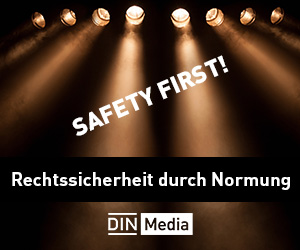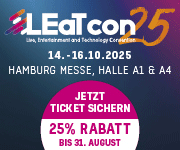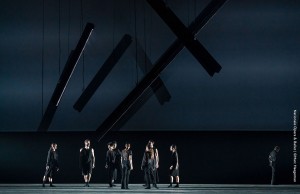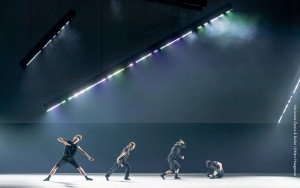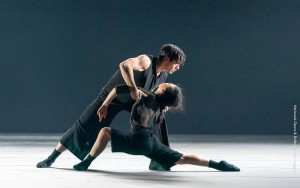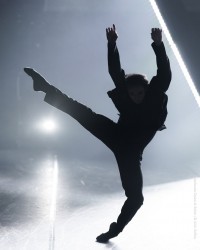Aktuelle News & Schlagzeilen
Robe Tetra2 chosen for “Full Frontal” at Dutch National Ballet
“Full Frontal” is a new dance piece by choreographer Juanjo Arqués billed as “a ballet about real people and actual feelings” set to “Weather One”, a musical score by Michael Gordon. It was presented by the Dutch National Ballet and staged at the Dutch National Opera in Amsterdam.
“Full Frontal” was the final work in Four Temperaments, a performance featuring the work of four choreographers, and was lit by Yaron Abulafia who enlisted the help of forty Robe Tetra2 moving LED battens and an automation system. The Tetra2s assisted Abulafia in sculpting his combative light show for the 21-minute “Full Frontal” performance, which was created in close collaboration with Arqués, set and costume designer Tatyana van Walsum and dramaturg Fabienne Vegt.
Arqués underlines the relevance of lighting: “Yaron proposed a beautiful light sculpture made of moving beams that are floating in space. The idea of having such a monumental structure over the dancers’ heads allowed me to drill down deeper into emotions, build tension, and achieve infinite light options, empowering the aesthetics and the dramaturgy of the piece.”
“Full Frontal” was one of two works being premiered together with two revivals as Four Temperaments. It was Abulafia’s first time working with the Dutch National Ballet, although he has collaborated with numerous other high-profile international ballet companies around the world.
He specifically wanted to create walls of light with the Tetra2s as they descended from the ceiling and tilted in different directions and trajectories interacting with and confronting the dancers effectively providing extra - and unexpected - kinesis for a 13-minute section of the work.
“This piece was a rollercoaster”, comments Abulafia, “driven by the anxieties, unknowns, and complexities of events like full-scale war, the global pandemic and other destabilising factors like ongoing natural disasters and climate change. I needed to accentuate all this expression, intensity and emotion, all the peaks and breakdowns, strengths and vulnerabilities of the performance with a stark and different style of lighting.”
The stage space was defined by some special stretched plastic 9-metre-high walls installed 2.6 metres off the ground and 22 metres apart widthways, with special side lighting. The Tetra2s were rigged on six trusses measuring 10, 9 or 8 metres in length, all flown with different orientations in different parts of the overhead grid.
The automation system enabled them to fly in and out - like pressure moving down from the ceiling and crushing into the space below. They tilted and shifted, dynamically and dramatically changing the architecture and physics of the space, opening it up and closing it down as they interacted with the dancers.
The Tetra2 fixtures were onstage for thirteen minutes of “Full Frontal” creating barriers, ruins and walls between which the dancers would dodge and spiral to points of no return. Abulafia was more interested in utilising the beam aspects of the Tetra2s rather than the lensing, although the motorised zoom did come in handy.
Once they were confirmed for the project, Abulafia and the creative team brainstormed numerous ideas and explored the use of the lights for shadows, space, and proximity to the dancers. “The Tetra2 trusses really essentially brought six extra dancers onstage”, notes Abulafia.
Lighting was programmed via a GrandMA3 console and was run completely manually following and feeling the pace and timing of the visual and musical cues. The Tetra2s were supplied to the production by Ampco Flashlight. The Dutch Ballet Orchestra was conducted by Matthew Rowe and accompanied the soundscape, and the sound designer was Ian Dearden.
(Photos: Marc Haegeman/Altin Kaftira)
SCHLAGZEILEN
news archiv
suche
© 1999 - 2025 Entertainment Technology Press Limited News Stories

